A highly organized beam of light that is both monochromatic and coherent due to its ability to interfere, Attila Csáji uses the laser as a graphic tool. His installation showcased here simultaneously displays the intellectual determination of the engineer-technician’s mind and the poetry of a world interpreted through the abstract language of art. In Csáji’s work, the ambivalent duality of the logical and magical aspects of light is synthesized. The artist’s attention is directed towards combining heterogeneous elements, reconciling two opposing poles. The dramaturgy of the work is stretched by the static, sealed form of the geometric bodies, emphasizing stability, and the ever changing laser light released from them, broken down into the colours of the spectrum, in its soft, fluid and mysterious character. Among Csáji’s sources of inspiration is Ernő Kállai’s book The Hidden Face of Nature (1947), which lends credence to his conviction that we should lift the veil on the hidden structures of the world revealed by optical instruments and make the mystery of science both visible and tangible through art. The numbers in the title of the installation are an imaginary reference to the artist’s own memories of the dates of the technical-scientific and cultural significance of the moon landing, and Csáji’s patent for the use of laser light to superposition forms and the application of light kinetics in Platonic bodies, which are considered the basic components of the universe.
Attila Csáji (1939, Moldava nad Bodvou) is one of the pioneers of Hungarian avant-garde art, whose gesture painting introduced the dramatic use of light to transform the surface of the image into plasticity as early as the mid-1960s. At the Central Research Institute of Physics in Budapest he was the first to experiment with the aesthetics of lasers, and later holograms. In the late 1970s he developed the application of the superposition transformation of laser light to image-making, which he enhanced as an artist-in-residence at MIT.





